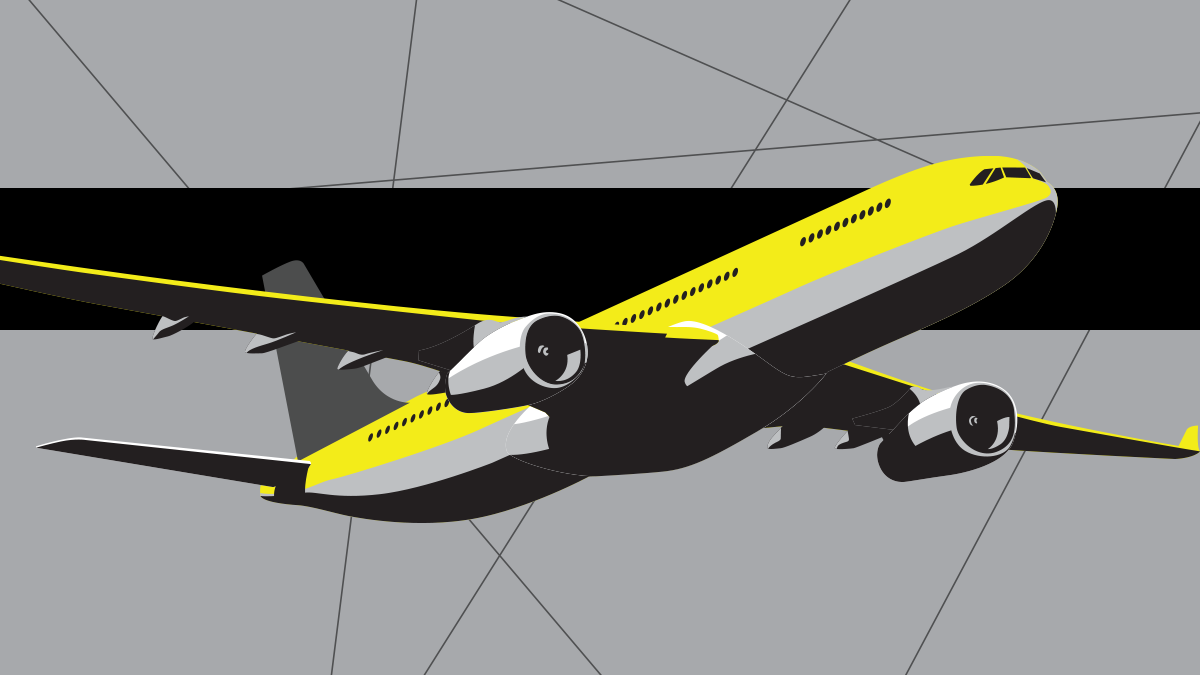Searching for Silver Linings in Airline Technology
Mar 22, 2023 / By Sam Burritt
As long as our agency has been working with airline technology companies – and it’s going on nearly two decades now – there's been a sense that the aviation industry is on the precipice of real, dramatic change. Our clients have been innovators and optimists, delivering solutions for entrenched challenges that airlines couldn’t or wouldn’t build themselves. And for the most part, they’ve been successful, creating value, revenue and profits for airlines and, in some cases improving the passenger experience in significant ways.
Yet the process of flying, from the traveler’s perspective, feels more broken than ever. Deep and widespread capacity cuts during the pandemic left airlines unprepared for resurgent demand, and the result is that delays, cancellations and overcrowded aircraft have become so commonplace. High and rising fares combined with cuts in customer service (like Frontier shuttering its call centers) exacerbate these frustrations.
In general, the air travel experience has deteriorated dramatically, even compared to just a few years ago. The industry-wide transformation that perpetually seems just a step away remains out of reach.
Is disruption on the horizon for real this time?
Is this a result of travel tech companies needing more imagination or ambition than their counterparts in other consumer-facing sectors? After all, the taxi industry had an established and long-tenured business model before Uber, and the music business was an immovable monolith before Spotify and the streaming revolution. Why, ThinkInk, can’t companies like your clients disrupt this industry that seems so ripe for disruption?
First of all, it’s not like they’re not trying. One of the companies we work with, GO7, is reimagining how technology providers work with airlines and each other, creating a vertically integrated approach that strives to give airlines more control and a more agile footing within the marketplace and accelerating the democratization of air travel in the process.
Another client, UATP, is helping bring airlines’ payment systems out of the stone age and giving consumers the flexibility and convenience they expect and demand. These aren’t nibble-around-the-edges types of missions; they have the potential to bring real change to core aspects of the airline industry.
Systemic shortsightedness
But technology is only one component of the aviation sector. It’s an important one, but it’s not as systemic as deregulation and industry-wide investment strategy. The former, at least in the US, spawned decades of shortsighted decisions that prioritized efficiency and price cuts over quality and locked airlines into a race to become the cheapest airborne Greyhound bus. The latter has elevated risk aversion into an art form, creating a stagnant environment that limits progress to plodding increments and generates parallel systems.
Deregulation isn’t going to reverse itself (and shouldn’t). But the industry can do something about its blinkered approach to technology investment.
It's important to resist the idea that it’s too late for change to happen. Yes, airlines had the opportunity to reinvent themselves and rid their operations of the inefficient legacy tech that’s plagued them for years. In fact, that was all any technology vendor in the airline sector talked about in 2019. And 2018. And 2017. And at least half a decade before that. But airlines’ underinvestment in their systems (see Southwest Airlines’ meltdown) continued, even when the pandemic seemed to provide the perfect reset point.
Let’s see those silver linings
That doesn’t mean there isn’t cause for hope. The potential for NDC, for example, hasn’t yet been fully realized, and that’s the kind of infrastructural foundation that can precipitate transformation. NDC, or New Distribution Capability, isn’t actually “new” at all, but it is a future-proof standard that replaces a pre-Internet protocol and can provide a launching pad for all sorts of innovative tech. Cloud-based, data-dependent systems supported by AI and machine learning are gaining traction and (slowly but surely) attracting investment. New approaches to distribution, interlining and ancillaries can lead to a better passenger experience.
But changing the airline industry is like turning a battleship – it happens slowly and with effort. There won’t be an Uber upending the sector in a matter of months. (If you just said personal aviation would be the real disruptor, we admire your space-age optimism, but we’ll believe that when we take delivery of our late-model flying car).
We can expect incremental innovation facilitated by broad initiatives like NDC but ultimately driven by forward-thinking companies like the ones we work with at ThinkInk. And that’s the real source of hope for an industry that too often seems hopelessly trapped in the past.
DO YOU HAVE ANY COMMENTS OR THOUGHTS YOU’D LIKE TO SHARE? YOU CAN REACH ME AT SBURRITT@THINKINKPR.COM
Sign up for our insights on the convergence of business and PR






